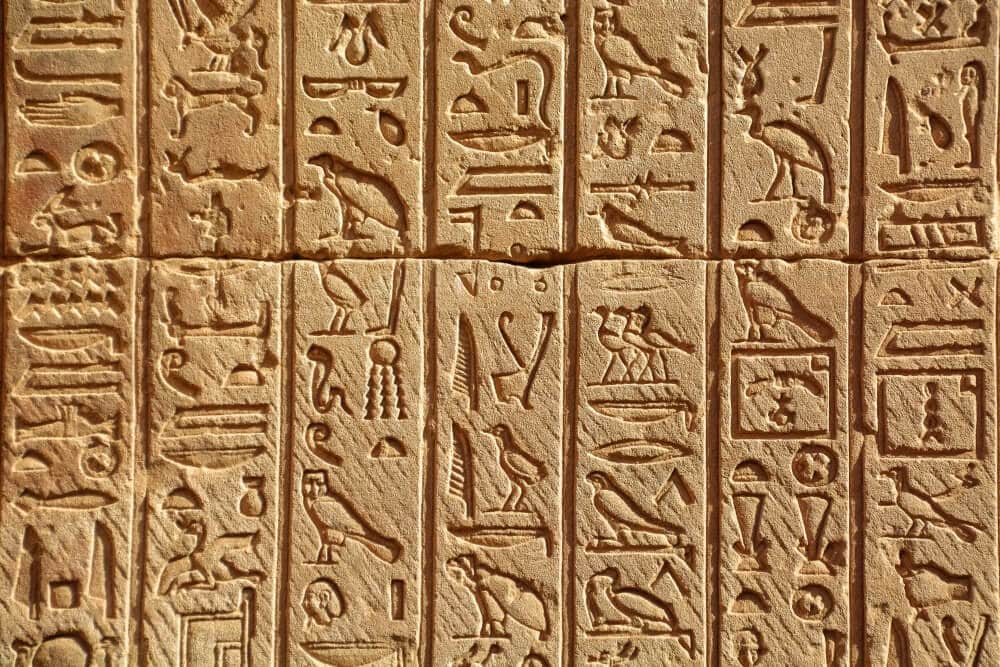A new study led by the Hebrew University reveals for the first time in history, Egyptian wall reliefs depicting intimate scenes of Egyptian Queen Nefertiti and Pharaoh Akhenaten, in which rituals performed by the royal couple before their sacred marriage as living gods are described. This is after the reliefs have been digitized

A new study led by the Hebrew University reveals for the first time in history, Egyptian wall reliefs depicting intimate scenes of Egyptian Queen Nefertiti and Pharaoh Akhenaten, in which rituals performed by the royal couple before their holy marriage as living gods are described. The research was conducted by Prof. Arlette David from the Department of Archeology and the Ancient Near East at the Hebrew University, together with Dr. Robert Varnia from the University of Bordeaux-Montagne in France, andRecently published in the Journal of Near Eastern Studies.
The research focused on fragments of reliefs that used to be part of a building in the cult complex in the eastern Karnak region of Egypt, dating to the beginning of the reign of Pharaoh Akhenaten (1350 BC). With the help of a database that includes images of about 12,000 reliefs extracted by French archaeologists from one of the monumental gates in the region, the researchers recreated the scenes described in them: Pharaoh Akhenaten washes his hands and places a large collar on his shoulders in a ritual of purification and body care. in other scenes You see them cutting their nails, bathing and putting on eye make-up. "It is about the actions that the royal couple performed before their holy marriage, as living gods. They actually took on divine qualities" Prof. David says.
Scholars speculate that this is an exact translation of the worship of the Egyptian god Amun, as it is mentioned in later papyri. The scenes depicted in the reliefs have been digitally reassembled, and the researchers claim that The monotheistic pharaoh Akhenaten, who was recognized as the enemy of the god Amun, actually reproduces himself the traditional ritual performed for the god Amun. According to Prof. David, these are unique images in ancient Egyptian iconography and this also shows the way in which Akhenaten conveyed his monotheistic political-religious message, in the center of which stood the pharaoh, the son of the god Aton.
More of the topic in Hayadan:
- The remains of Nefertiti, Queen of Egypt, may have been found - or not!
- Is an epileptic fit responsible for the creation of the monotheistic religion?
- The search for a strong Egyptian leader leads to Tel Hazor
- They control your face
- Zenobia rebels against the Empire
